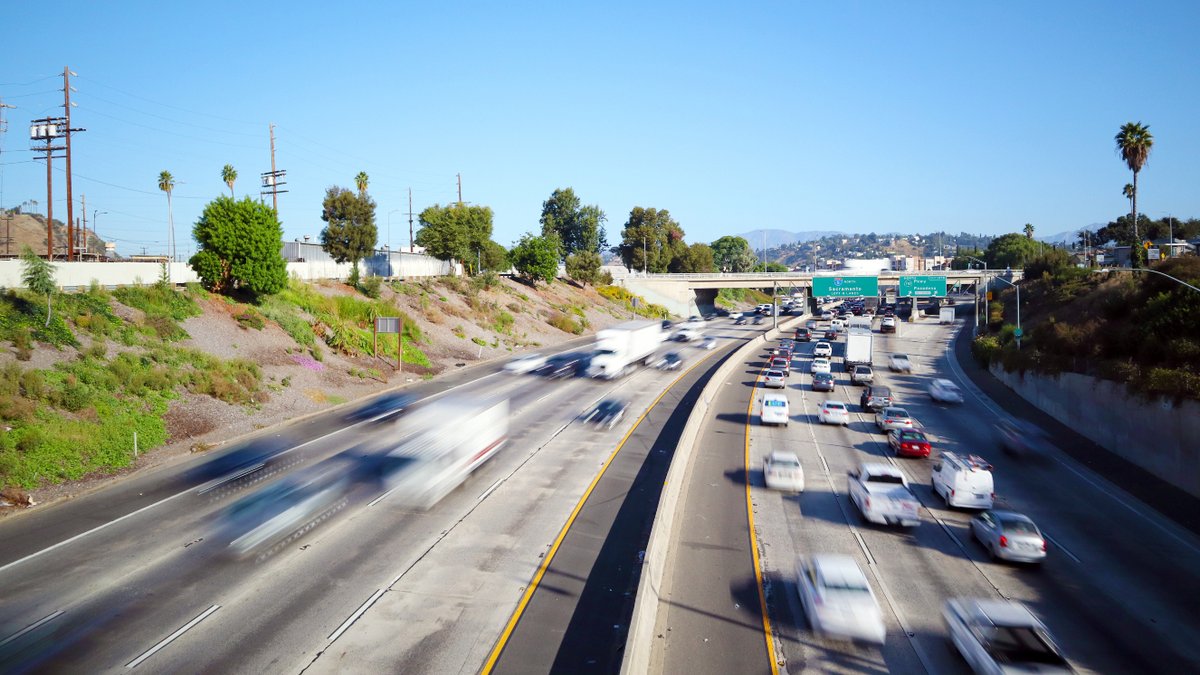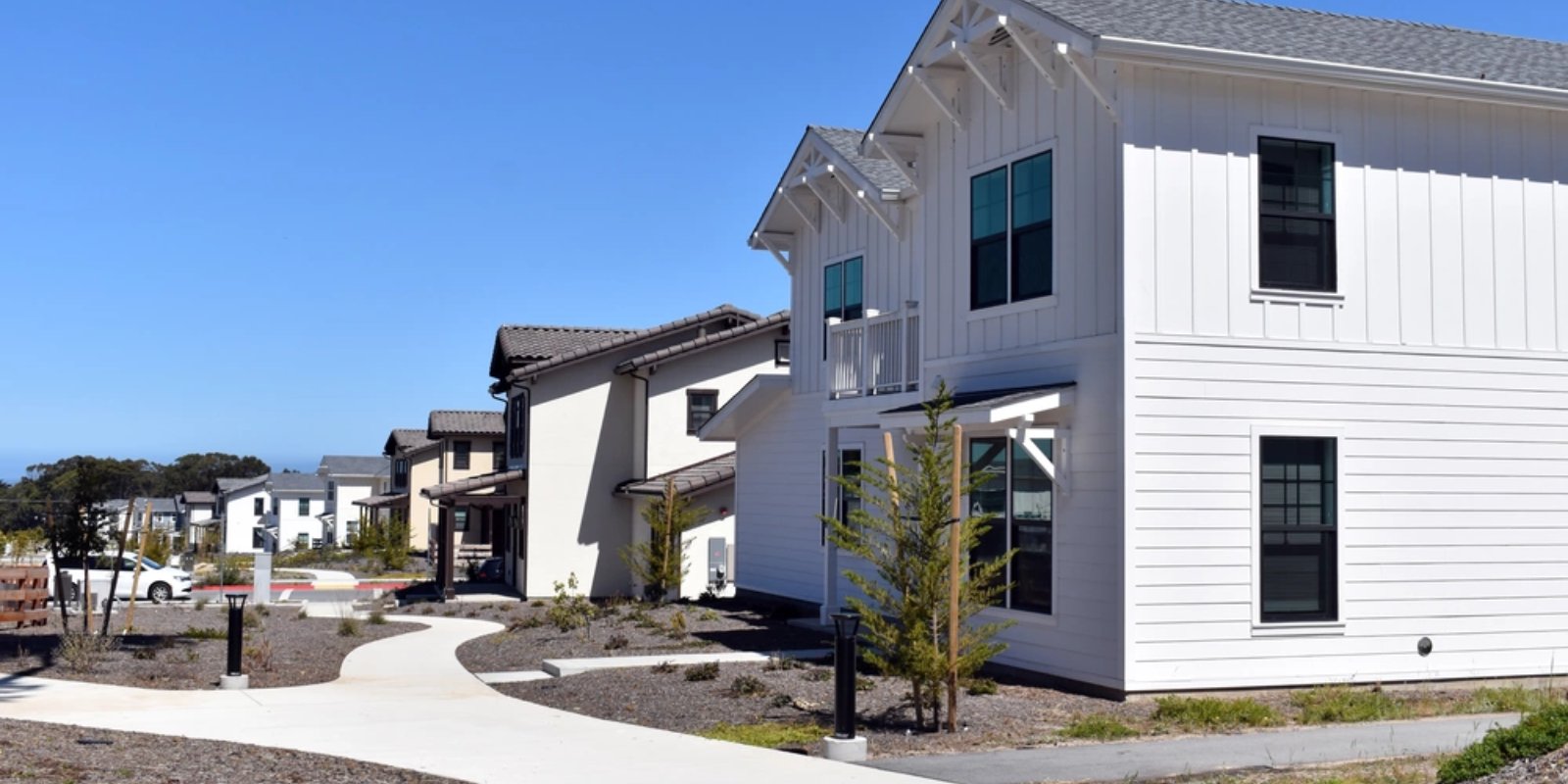ARTILLERY SHELL EXPLODES OVER I-5 DURING MARINES’ CELEBRATION IN CALIFORNIA

The sight of artillery projectiles exploding midair is such an awe-inspiring, unforgettable sight is it any wonder it’s a component of some of America’s most iconic imagery: “… by the rocket’s red glare, the bombs bursting in air…” But it’s not exactly something you want to see happening over, say, a highway with a bunch of police officers and their vehicles parked on it. Which is, unfortunately, what happened during a much-hyped live fire exercise by United States Marines at Camp Pendleton on Saturday, October 18th. Luckily, no one was hurt, and the damage done was negligible. But the incident still begs the question: how, exactly, did the USMC wind up raining shrapnel down on a California highway?
Marine Corps Artillery Training: I-5 Highway Incident Explained
The artillery volley that led to the incident was part of an “Amphibious Capabilities Demonstration,” demonstrating the Corps’ expertise at conducting amphibious landings. And not just because it’s the Marine’s proverbial bread and butter, but as part of the ongoing events honoring the branch’s upcoming 250th birthday on November 10th.
This massive, complicated event, which took place on Camp Pendleton’s Red Beach, included elements of I Marine Expeditionary Force, the US Navy’s Third Fleet, more than 35 aircraft, dozens of vehicles, multiple hovercraft, and thousands of Marines and Sailors. The crowd observing the action included, most notably, Vice President of the United States and Marine Corps Veteran JD Vance.
The event included the firing of 155mm artillery shells from several M777 howitzers. This was contrary to what the military initially told both the public and California Governor Gavin Newsom. A post on X by the US Marines’ official account published on Wednesday before the demonstration claimed that “All training events will occur on approved training ranges and conform with established safety protocols. No public highways will be closed.”
The next morning, Governor Newsom’s office issued a statement clarifying that the White House had assured them there was no need to close any highways. All of which makes sense, as it’s reportedly rare for any training event or demonstration to include firing artillery over a highway.
But on Friday, organizers of the demonstration reached out to Newsom’s office to request that electronic billboards along Interstate 5, the highway that runs along the California coast and separates Red Beach from the rest of Camp Pendleton, display warnings of overhead fire. That same evening, the Marines fired several shells over the highway as part of a rehearsal for the next day’s demonstration.
On Saturday morning, the billboards began displaying the phrase “LIVE WEAPONS OVER FREEWAY,” though these alerts proved moot when Governor Newsom ordered the closing of a 17-mile stretch of I-5 near Camp Pendleton. As such, the only people on the highway in that area were members of the California Highway Patrol (CHP) working to provide security and ensure its closure.
I-5 Artillery Shell Explosion: Incident Details and Impact
At around 1:45 pm local time, during what was supposed to be the first of many volleys of howitzer fire, an artillery shell passing over I-5 towards Camp Pendleton exploded prematurely in mid-air, raining shrapnel on the roadway below.
Multiple small pieces hit a CHP motorcycle without damaging it, and a 2-inch-wide chunk hit the hood of a patrol car, denting and scratching it. The Highway Patrol immediately notified Marine Corps personnel, who called off all further firing across the highway.
The CHP then made sure the highway was clear of additional shrapnel before, with the risk to vehicle traffic over, reopening I-5 to civilian traffic.
I-5 Highway Shell Explosion: Causes and Investigation
While the Marine Corps has already initiated an investigation into why the shell exploded prematurely, the Los Angeles Times reported that military officials already suspect that an issue with the fuze caused the incident.
For those unfamiliar with the shells these howitzers fire, their fuzes are separate components screwed into the noses of the shells before they’re loaded into the guns.
The details of exactly how one of these may have been the cause of the explosion, or even if it was the cause, will likely remain somewhat of a mystery until the USMC concludes its investigation.
Suggested reads:
Paul Mooney
Veteran & Military Affairs Correspondent at MyBaseGuide
Paul D. Mooney is an award-winning writer, filmmaker, and former Marine Corps officer (2008–2012). He brings a unique perspective to military reporting, combining firsthand service experience with exp...
Paul D. Mooney is an award-winning writer, filmmaker, and former Marine Corps officer (2008–2012). He brings a unique perspective to military reporting, combining firsthand service experience with exp...
Credentials
- Former Marine Corps Officer (2008-2012)
- Award-winning writer and filmmaker
- USGS Public Relations team member
Expertise
- Military Affairs
- Military History
- Defense Policy
SHARE:



